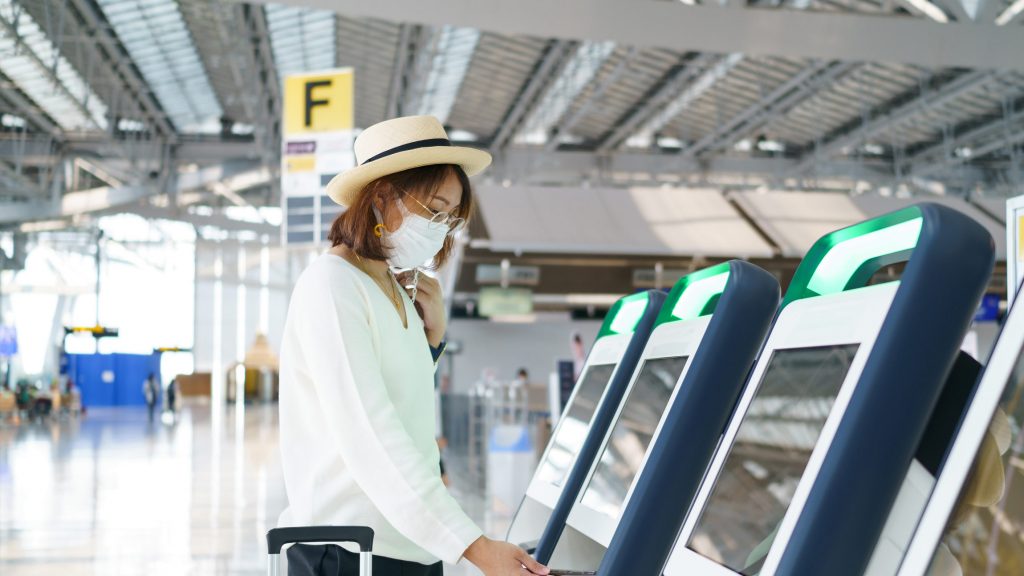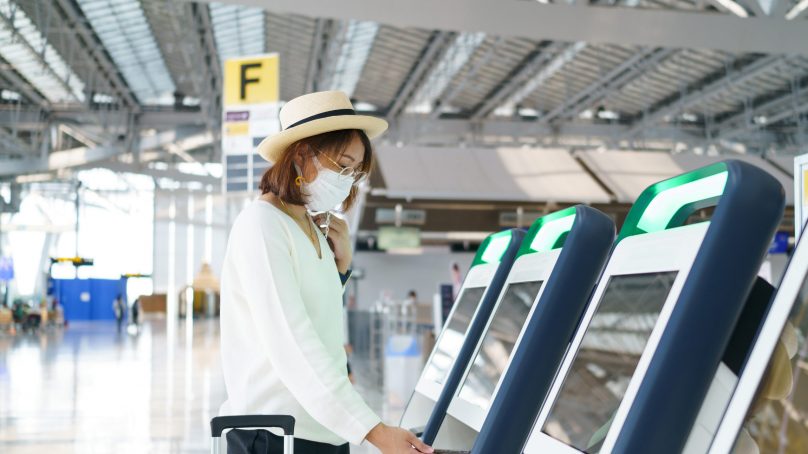 Global tourism experienced a 4 percent upturn in 2021, compared to 2020 (415 million versus 400 million). However, international tourist arrivals were still 72 percent below the pre-pandemic year of 2019, according to preliminary estimates by UNWTO. This follows on from 2020, the worst year on record for tourism, when international arrivals decreased by 73 percent.
Global tourism experienced a 4 percent upturn in 2021, compared to 2020 (415 million versus 400 million). However, international tourist arrivals were still 72 percent below the pre-pandemic year of 2019, according to preliminary estimates by UNWTO. This follows on from 2020, the worst year on record for tourism, when international arrivals decreased by 73 percent.
The rising rates of vaccination, combined with easing of travel restrictions due to increased cross-border coordination and protocols, have all helped release pent-up demand. International tourism rebounded moderately during the second half of 2021, with international arrivals down 62 percent in both the third and fourth quarters compared to pre-pandemic levels.
The pace of recovery remains slow and uneven across world regions due to varying degrees of mobility restrictions, vaccination rates and traveler confidence. Europe and the Americas recorded the strongest results in 2021 compared to 2020 (+19 percent and +17 percent respectively) but still both 63 percent below pre-pandemic levels.
In the Middle East, arrivals declined 24 percent compared to 2020 and 79 percent over 2019.
The economic contribution of tourism in 2021 (measured in tourism direct gross domestic product) is estimated at USD 1.9 trillion, above the USD 1.6 trillion in 2020, but still well below the pre-pandemic value of USD 3.5 trillion. Average receipts per arrival are estimated to reach USD 1,500 in 2021, up from USD 1,300 in 2020. This is due to large pent-up savings and longer lengths of stay, as well as higher transport and accommodation prices. France and Belgium reported comparatively smaller declines in tourism expenditure with -37 percent and -28 percent, respectively over 2019. Saudi Arabia (-27 percent) and Qatar (-2 percent) also posted somewhat better results in 2021.
According to the latest UNWTO Panel of Experts, most tourism professionals (61 percent) see better prospects for 2022. While 58 percent expect a rebound in 2022, mostly during the third quarter. The majority of experts now expect international arrivals to return to 2019 levels only in 2024 or later.
he recent rise in Covid-19 cases and the Omicron variant are set to disrupt the recovery and have an impact on consumer confidence through early 2022 as some countries reintroduce travel bans and restrictions for certain markets. A challenging economic environment could put additional pressure on the effective recovery of international tourism, with the surge in oil prices, increase in inflation, potential rise in interest rates, high debt volumes and the continued disruption in supply chains.
While international tourism bounces back, domestic tourism continues to drive recovery of the sector in an increasing number of destinations, particularly those with large domestic markets.















